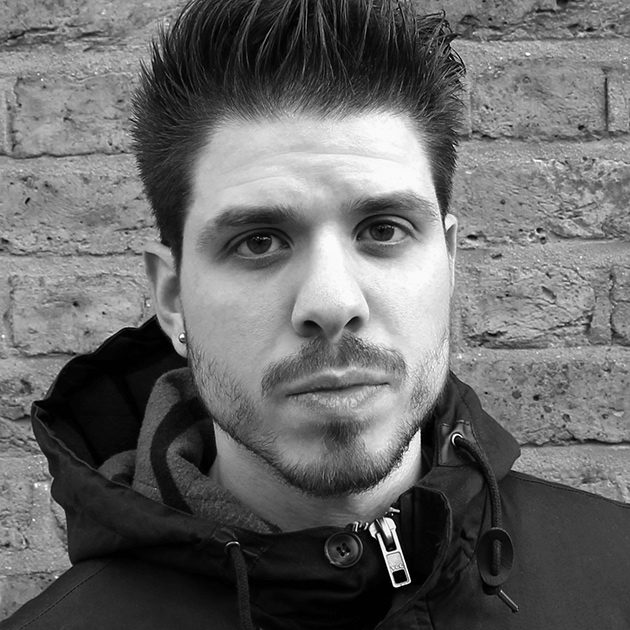Alberto Hernández is a London-based Spanish graphic designer who specialises in design for print and typography. He has worked with leading studios like Spin and Proud Creative and for clients such as Thames & Hudson, Nike and University of the Arts London.
On creative collaboration between a client and a designer... At the AGI Conference last year, designer Pierre Bernard stated that “to make good graphic design you have to be close to your client; the client is the champion of your project,” and I agree to some extent. I think a project should be 50% design and 50% communication, but that both should contain a lot of the designer and a little of the client.
The creative process should be collaborative, but only at some of its stages, since clients know about concepts but not necessarily about graphic design.
On the risks of an incomplete brief... I think the briefing is the most important part of a project. If we don’t understand the problem well from the very first moment, we’ll go round and round and we won’t be able to solve it. It’s key to know every single detail — not only the needs of the problem, the targets, the timeframe, the budget and the scope of the work, but also to investigate the project’s history.
On everyone knowing where they stand... I think there is sometimes a very fine line between direction and creative freedom. I don’t think there’s a single designer who feels good and appreciated if he senses he’s being used by the client and that he’s just obeying their orders with no room for initiative. I believe that when a client commissions a designer to do a job, the client must understand they’re putting their trust in the way the designer works and in his or her expertise and external point of view. This doesn’t mean clients can’t offer their input, nor that designers can do whatever they want, but that each party must understand what their role is.
Why it’s good to talk... Design is all about dialogue and discussion, and therefore it’s very important that the chemistry between client and designer is good so that the relationship is fruitful. This doesn’t mean there can’t be ups and downs. I believe a little tension along the way is good and that this is the only way to make things interesting. No pain, no gain!
Personally I consider the best way to discuss ideas and thoughts is face-to-face, otherwise by phone or video calls. Things are more likely to be misunderstood when you discuss them by email. And all the back and forth of email exchanges can make both parties waste a lot of time. When communication has to be carried out by email, it’s best to get straight to the point, be precise and concise, that is, use one email if possible. Continuous mails one after the other suggesting ideas, giving feedback, asking for changes, etc. make no sense and are a waste of time for both client and designer.
On first impressions... Judging whether or not a client seems honest at first sight is one of the most difficult things to do, but it’s important to find out as much as possible about a client prior to the first meeting. We can source information online, and from professional and personal contacts, not only to corroborate certain things but also to know find out a little about their business, so as not turn up blindly to the meeting. I believe the first impression is key to establishing a healthy and honest relationship from the very beginning.
